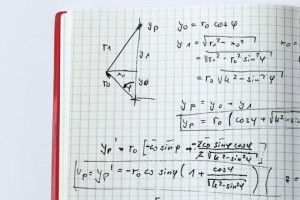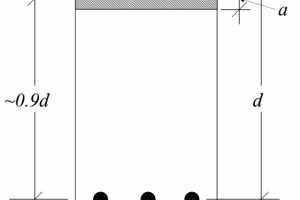Making the LRFD Leap
If your office and its culture are consistent with most structural design firms, you probably embraced the load and resistance factor design (LRFD) approach for reinforced concrete years or even decades ago. For many, working stress design for concrete is a totally foreign concept, while LRFD ‘strength’ design is what you probably learned in school and practice to this day. …



